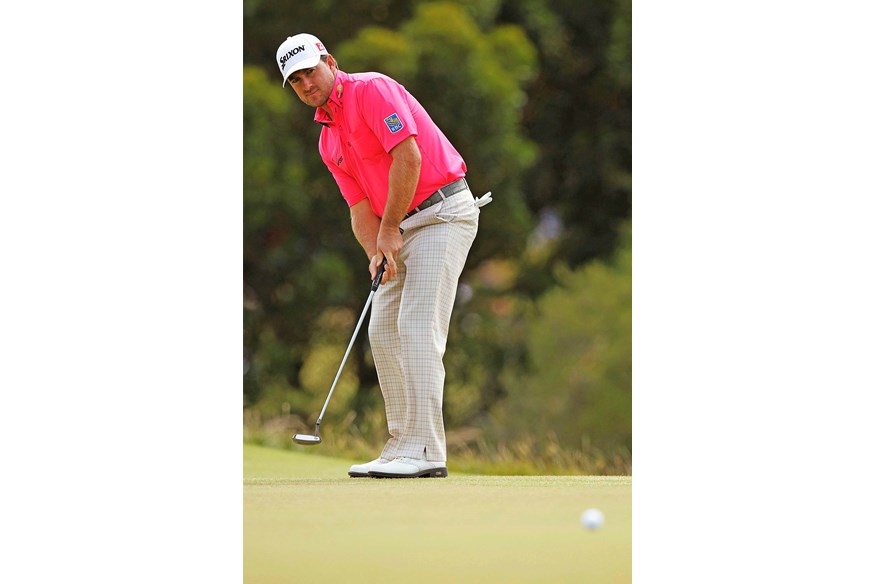Focus your practice to improve
Last updated:
We meet many golfers walking off the 18th green who are bewildered by their performance on the course and the big scores on their card. They explain that they spend hour after hour hitting balls on the range, but don’t see their scores fall. After a few brief questions, we usually uncover a logical explanation for the common complaint.
First, the time spent on the range is typically long and lazy rather than short and focused. They spend most of their practice time operating without any specific plan to improve. Second, because the sessions are long, they often adopt a sloppy routine before striking the ball. As one golfer put it, “When there’s a basket full of balls and no one is keeping score then there’s no consequence if I don’t pay attention and play each shot well.” Third, practice time does not resemble actual events on the golf course. For example, putting typically accounts for 40 per cent of the strokes you play during an actual round. Tour pros, like Graeme McDowell, spend a lot of their time on the putting green.
The solution
You must always practise with a purpose. Setting and achieving goals is an effective psychological technique to build confidence, motivation and commitment to excel in golf. Our goals must challenge us each time we practise and play. It is sensible to keep your goals SMART. This acronym represents: Specific, Measurable, Action-oriented, Realistic and Timetabled.
You should keep a notebook in your golf bag for each practice session to allow you to write down two goals that relate to practice. For example, your first goal might be to spend 40 per cent of your practice time on the putting green, 30 per cent focusing on the short game, and 30 per cent concentrating on the long game. Your second goal might be to positively reinforce your effort during the session. You can reward yourself by using simple words of encouragement or instruction, such as “Well done, you focused on a low, smooth takeaway.”
The aim of this goal-setting exercise is to create a positive motivational climate for your practice where you know that you have structured your practice around the appropriate aspects of the game, and you reward yourself for doing the right things well.
Proof this thinking works
The study
Twenty-three male novice golfers were tested on a putt from 10 feet and a pitch from 35 feet. After a baseline performance on both tasks the players were allocated to one of three groups. Seven golfers practised 80 putts followed by 80 pitches. Nine golfers did 10 putts followed by 10 pitches and repeated this sequence eight times. The final seven golfers alternated putting and pitching until all 160 shots had been taken.
The results
When the participants completed a follow-up test the best performing group in performance and movement technique (assessed by experienced pros) was the group who alternated pitching and putting.
What you can learn
When you practise you should always vary the shots you are hitting, from club to club, or vary the distance or trajectory if using the same club (eg follow a three-foot putt with a 10-foot putt or a standard iron shot with a punch shot). This will help you learn the skills you’re practising better and faster than if you just continually hit the same club or shot. Variety is not only the spice of life, but also the source of good practice!
Need help with your game? Click here for our massive selection of tuition videos.
Get the book for more mental tips like this
This is an excerpt from ‘The Successful Golfer: Practical Fixes for the Mental Game of Golf’ by sports psychologists Dr Paul McCarthy and Dr Marc Jones. Available now for £13.99. Visit www.BennionKearny.com/golf for more information.




